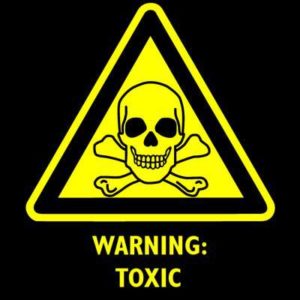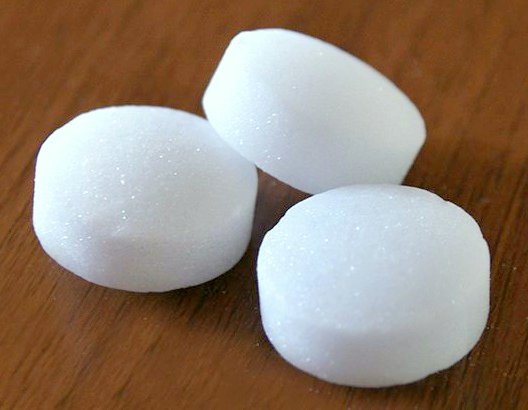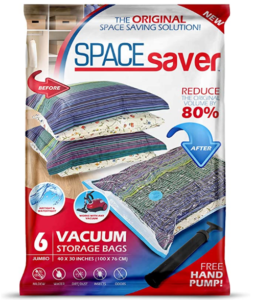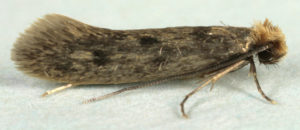Mothballs kill moths, right?
Well, it’s complicated.
Toxicity
 Mothballs’ mechanism for action is a toxic gas called dichlorobenzene. Mothballs undergo sublimation, which is a process where a solid turns directly into a gas, bypassing the liquid phase. The toxic chemicals of mothballs sublimate into a gas which (theoretically) kills moths and their larvae. The problem with mothballs is they are extremely volatile and pose a carcinogenic risk to humans. Therefore, if you’re planning on deploying them inside your home, you should be very careful. Breathing in mothball fumes can be hazardous to children, the elderly, and pets.
Mothballs’ mechanism for action is a toxic gas called dichlorobenzene. Mothballs undergo sublimation, which is a process where a solid turns directly into a gas, bypassing the liquid phase. The toxic chemicals of mothballs sublimate into a gas which (theoretically) kills moths and their larvae. The problem with mothballs is they are extremely volatile and pose a carcinogenic risk to humans. Therefore, if you’re planning on deploying them inside your home, you should be very careful. Breathing in mothball fumes can be hazardous to children, the elderly, and pets.
Limited Efficacy
While mothballs do work if you use them properly, most people don’t deploy them correctly. They are best suited to long-term garment storage, in which case you’ll need to seal the containers where you’re using them to ensure the concentration of dichlorobenzene gas reaches levels lethal enough to combat any larval intruders. For general applications around the house, putting a few mothballs under your couch in what is essentially an open environment will not work.
I basically gassed my entire house with the stuff, and it didn’t get rid of my clothes moths. Sure, the fine print on the box says you have to put them in a sealed container for them to be effective, but if you do this, your clothes may never smell normal again. Is it worth the risk? “But hey,” you say, “you mean to tell me that mothballs – with the word moth right in the name, don’t work?” To that I would reply, if you are an Egyptian Pharaoh planning on mummifying yourself who needs 3,000 years of moth protection in an underground crypt, by all means use them. For the rest of us who actually have to live in our homes, there are better options.
Odor
In addition to the toxicity and limited applications, they smell absolutely vile. This wouldn’t be so bad if the stench went away when you got rid of them. It can take months to remove a mothball smell from fabrics. This is because dichlorobenzene gas is so pungent, it takes only a few parts per million of the molecule for your nose to smell it. So until pretty much every single molecule of the stuff is gone, your house will smell like mothballs.
Seriously though, the odor clings to everything. For example, I put a few mothballs in an airtight container for storage. When I put the mothballs out to trash, I put the container in the dishwasher and ran a cycle. Big mistake! All of the plates, silverware, and glassware smelled like mothballs. This is because dichlorobenzene is not water soluble, meaning you can run the dishwasher as many times as you want, and it won’t eliminate the odor. What a nightmare!
So, should I use them?
That’s up to you. If you decide to use mothballs, understand the risks and do not deploy them in areas where people can smell them. For long-term storage, vacuum-sealed bags are an excellent alternative. These have pretty much made mothballs obsolete because they create a sealed barrier between the garments and the environment, thus negating the need to repel moths in the first place.





